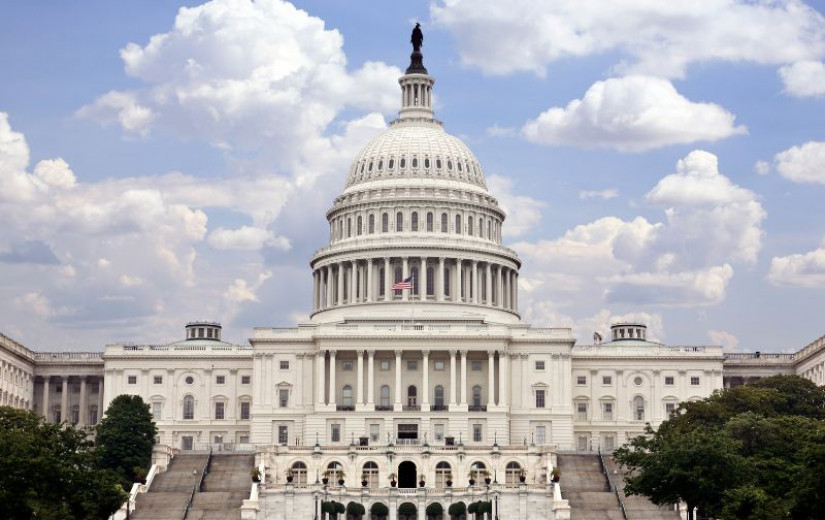
November 17, 2025
• 4 min read
Now in its third year, a survey on the use of AI in business paints a clear picture about how far the technology has come in a short time, and where it’s headed.

A new report tracking the use of artificial intelligence at large American companies finds the technology is now deeply embedded into core functions and leaders are starting to see financial gains from it.
“Accountable Acceleration: Gen AI Fast-Tracks Into the Enterprise” is a joint report by Wharton Human-AI Research (WHAIR) and marketing consultancy GBK Collective. It’s a cross-sectional survey of more than 800 senior leaders at companies with more than 1,000 employees and at least $50 million in revenue. Now in its third year, the report reveals how generative AI has moved quickly from exploration to experimentation to everyday use.
According to the 2025 report:
- About 82% of respondents are using AI daily, and 46% use it weekly. Both numbers reflect an increase of more than 10 percentage points over 2024.
- More than 70% of executives are implementing ROI metrics, investing significantly in internal research and development, and tightening guardrails around the use of AI.
- Three out of four leaders reported positive returns on AI investments, and 88% plan to increase spending in the next year.
“The survey is a way of getting the pulse of senior leadership in large U.S. companies,” said Wharton marketing professor Stefano Puntoni, who is also faculty co-director of WHAIR. “We ask them lots of questions about their own use of gen AI to get a picture on where companies stand in their adoption process.”
“I think that gen AI adoption is a big challenge for organizations. We don’t have a template. We have to figure it out.”— Stefano Puntoni
Puntoni wrote the report along with WHAIR co-director and professor Prasanna (Sonny) Tambe, and Jeremy Korst, a partner at GBK Collective. They found that AI adoption is not only mainstream, it is broad. AI is being incorporated into workflows ranging from data analysis to document production to human resources, although the application is not uniform. As this commitment to AI rises, the authors said, accountability is now in focus. Leaders who were surveyed said they want the technology to enhance — not replace — human skills. But they acknowledged that training and capacity building are falling short. Among respondents, 43% worry about a decline in skills proficiency as the use of AI climbs.
“When you hear the answers of the senior leaders, you get a picture of a technology that is powerful. Everybody agrees it is going to have a major impact on every function. So, it’s not hype. It’s real,” Puntoni said on This Week in Business. “But it’s not quite doing what a human expert is doing, so we are hoping to see complementarities between human expertise and AI.”
Technology vs. Human Capital
Puntoni said entry-level positions are the most threatened by AI — at least in the short term. That’s because AI can perform many low-level tasks. But soon a new crop of young talent will be AI native, just like the current generation is digital native.
“It’s a disruptive technology. New jobs are going to come, and new ways of doing things are going to come, and people are going to be able to perform things that now require much more labor and maybe specialized expertise,” Puntoni said. “Lots of jobs are really going to be different, but that doesn’t necessarily mean that the jobs are going to disappear.”
Puntoni cautioned that the survey should be taken “with a pinch of salt” because it relies on self-reporting and not hard data from the companies. There’s a risk of bias or optimism. Nevertheless, the year-over-year changes paint a clear picture about how far AI has come in a short time, and where it’s headed.
“The vibe is good. The vibe is that this technology is delivering positive results.”— Stefano Puntoni
“I do think that it gives us a very good sense for the vibe, for how people feel about the technology. And the vibe is good. The vibe is that this technology is delivering positive results,” he said.
The report predicts that 2026 could become an “inflection point,” where companies start to focus on performance at scale and reallocate budgets accordingly. Puntoni said the tension between technology and human capital will continue as companies struggle with how to upskill their existing employees and hire new ones with the right AI proficiency.
“I think that gen AI adoption is a big challenge for organizations,” he said. “We don’t have a template. We have to figure it out. And that challenge is actually more of a human capital challenge than a tech challenge.”









